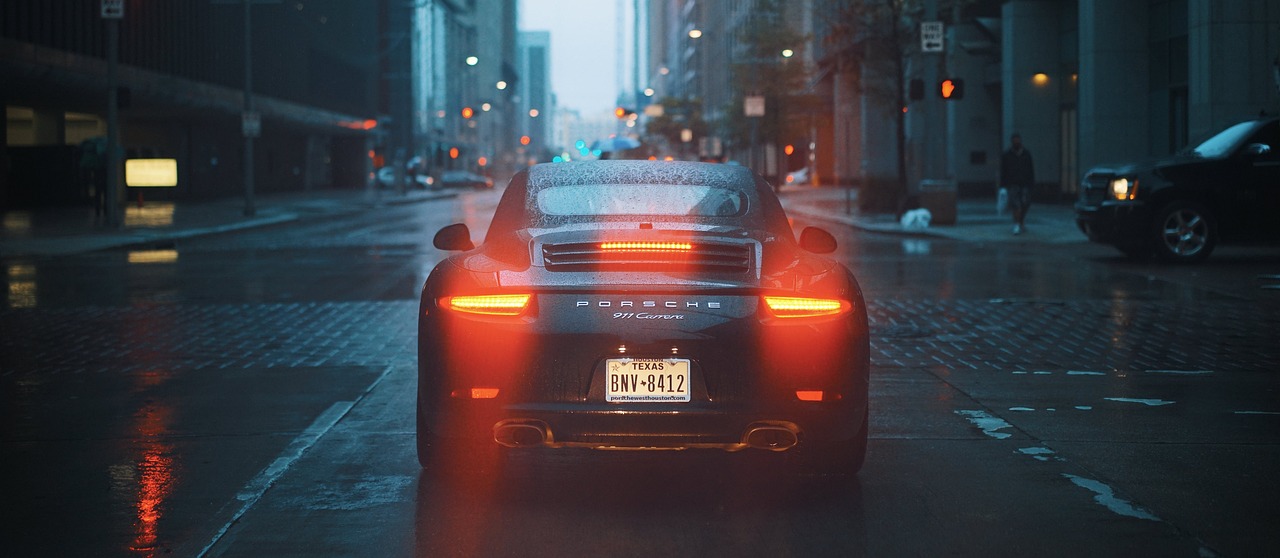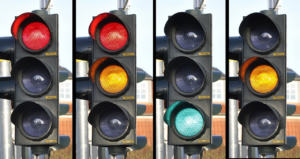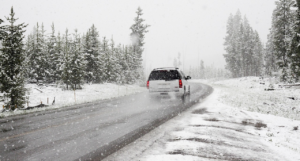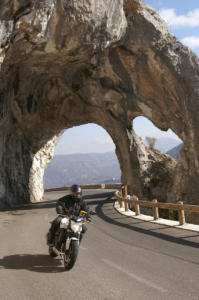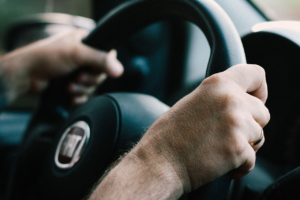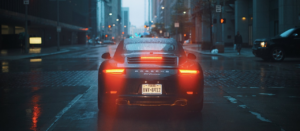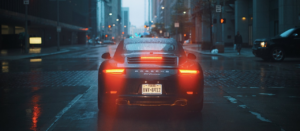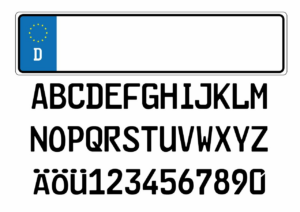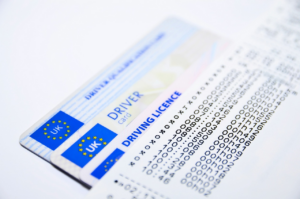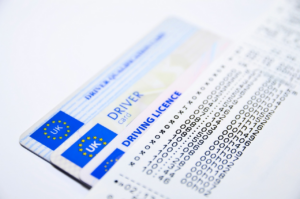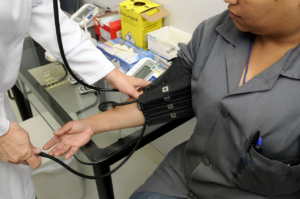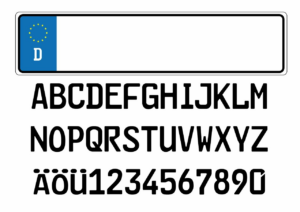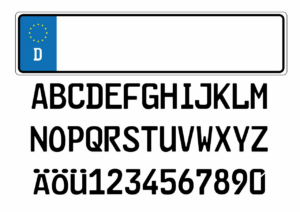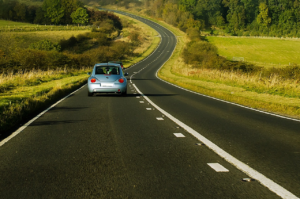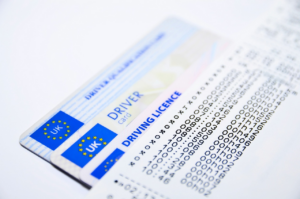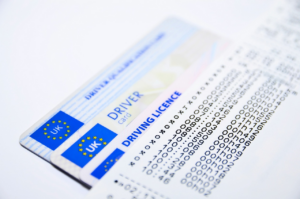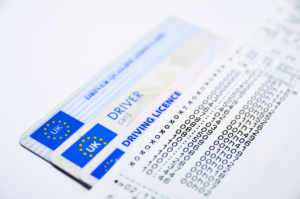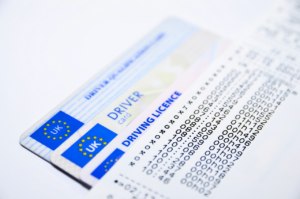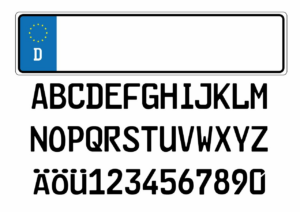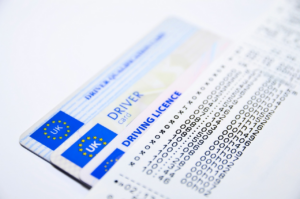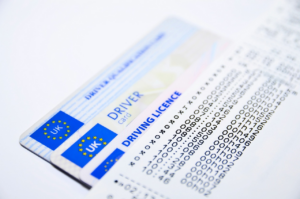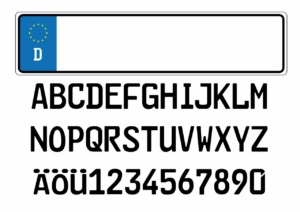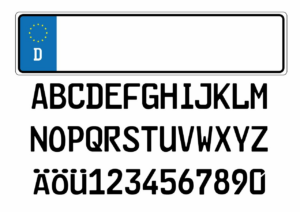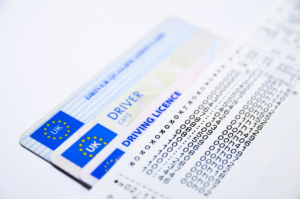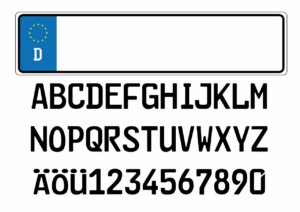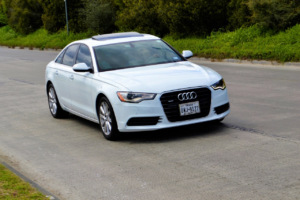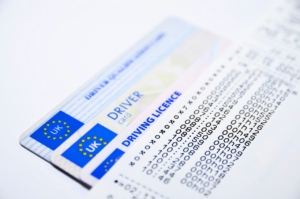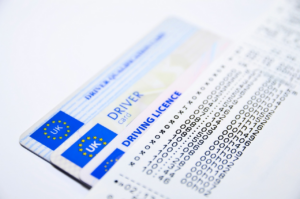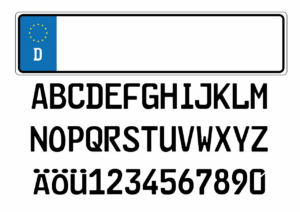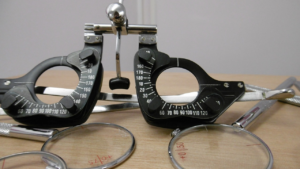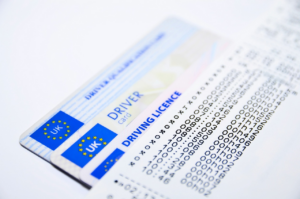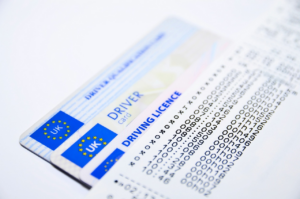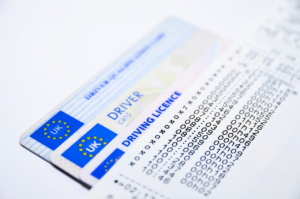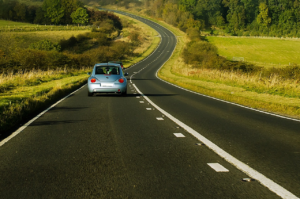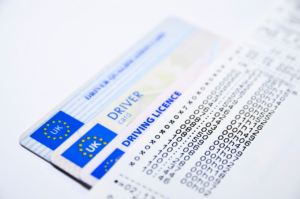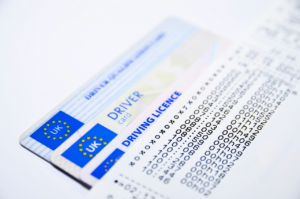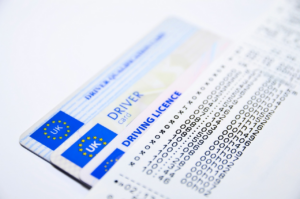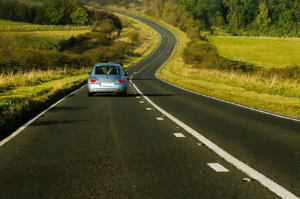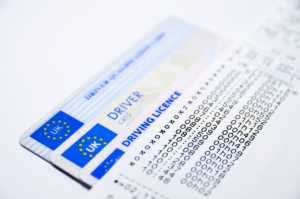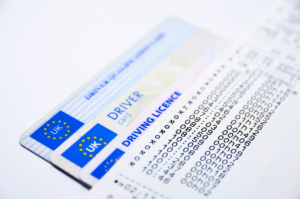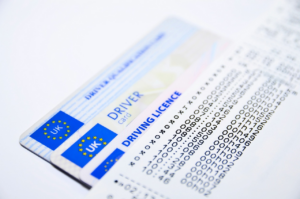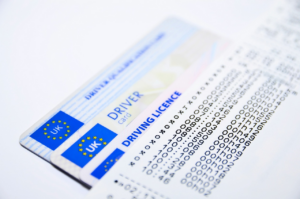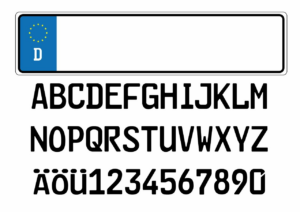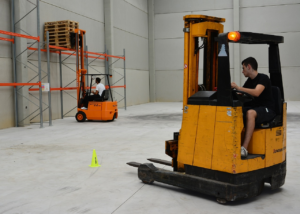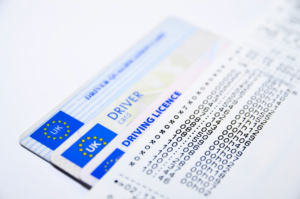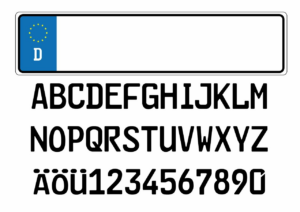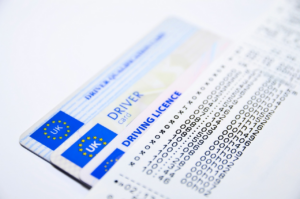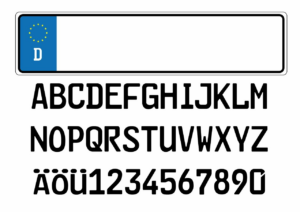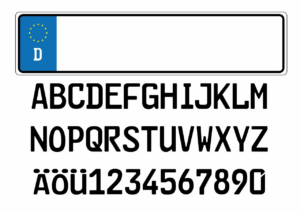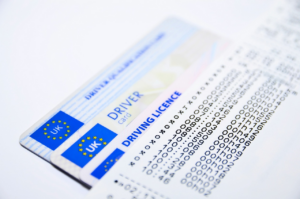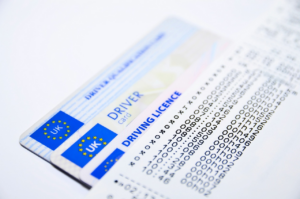Are you tired of getting into car accidents or close calls on the road? It’s time to take control of your driving and learn some tips and tricks to avoid accidents.
With careful attention and practice, you can significantly reduce your risk of getting into a car accident.
Staying alert and focused while driving is one of the most important things you can do to avoid accidents.
Make sure you are well-rested and not distracted by phone calls or other activities while driving.
Additionally, obeying traffic laws, keeping a safe distance from other vehicles, and using your turn signals can all help prevent accidents.
These are just a few of the tips and tricks we will cover in this article to help you become a safer and more confident driver on the road.
Always Stay Alert and Focused While Driving
Stay sharp and keep your eyes on the road at all times to ensure your safety and the safety of those around you. As a driver, it’s your responsibility to be alert and focused while behind the wheel.
Avoid distractions such as texting, talking on the phone, or eating while driving. These actions can divert your attention away from the road and increase the risk of an accident. If you need to make a call or send a text, pull over to a safe location.
Additionally, be aware of your surroundings and anticipate any potential hazards, such as pedestrians, other vehicles, or road conditions. Scan the road ahead and check your mirrors frequently. Adjust your speed accordingly and maintain a safe distance from the car in front of you.
Remember, being vigilant and focused while driving can help prevent accidents and ensure a safe journey for everyone on the road.
Obey Traffic Laws
When it comes to staying safe on the road, it’s important to obey traffic laws.
Following speed limits is crucial for avoiding accidents and keeping yourself and others out of harm’s way.
Additionally, respecting stop signs helps to ensure that you’re aware of your surroundings and can react appropriately to any potential hazards.
Remember, by adhering to traffic laws, you’re doing your part to promote a safer driving experience for everyone on the road.
Follow Speed Limits
Make sure you’re not rushing to your destination and keeping a close eye on your speedometer. Following speed limits is crucial to staying safe on the road. Speed limits are set for a reason, and exceeding them can greatly increase the chances of an accident.
Going too fast limits your reaction time and can make it difficult to control your vehicle, especially in poor weather conditions or on unfamiliar roads. It’s important to remember that speed limits aren’t just suggestions; they’re legal requirements that must be followed.
While it may be tempting to speed up to get to your destination faster, the risks just aren’t worth it. So, make it a habit to always check the speed limit signs and adjust your speed accordingly. By doing so, you’ll not only avoid getting a ticket but also help ensure your safety and the safety of those around you.
Respect Stop Signs
You must always remember to come to a complete stop at every stop sign, showing respect for the rules of the road and the safety of yourself and others.
Many drivers tend to slow down and then roll through stop signs, thinking it’s unnecessary to come to a complete stop. However, this is a dangerous habit that can lead to collisions with other vehicles, pedestrians or cyclists.
To avoid accidents, follow these tips:
-
Imagine the worst-case scenario: If you fail to stop at a stop sign and hit someone, you could cause serious injury or even death. Think about the consequences of your actions and how they could affect not only the victim but also your own life and future.
-
Plan ahead: Anticipate when you will come across a stop sign and start slowing down in advance. This will give you enough time to stop completely, check for other vehicles or pedestrians, and only proceed when it’s safe to do so.
Remember, stop signs are there for a reason, and ignoring them is not only risky but also illegal. By respecting stop signs, you can protect yourself and others on the road, and make a positive contribution to the safety of your community.
Keep a Safe Distance from Other Vehicles
When driving, it’s important to keep a safe distance from other vehicles to avoid accidents. To do this, avoid tailgating and leave room for braking in case of sudden stops.
Remember that the space between you and the car in front of you should be at least two seconds. By doing so, you’ll be able to react quickly and avoid collisions.
Avoid Tailgating
To steer clear of collisions, steer clear of tailgating. This means that you should always maintain a safe distance from the car in front of you. Tailgating is when you drive too close to the vehicle in front of you, which can be dangerous because you won’t have enough time to react if they suddenly brake or swerve.
The general rule of thumb is to maintain a distance of at least one car length for every 10 mph you’re driving. So if you’re driving at 60 mph, you should be at least six car lengths behind the vehicle in front of you.
Tailgating can also be a form of aggressive driving, which can lead to road rage and even physical altercations. It’s important to remember that driving is not a competition and getting to your destination a few minutes earlier is not worth risking your safety or the safety of others on the road.
If you find yourself being tailgated by another driver, it’s best to let them pass and continue driving at a safe distance from them. Remember that defensive driving is the key to avoiding accidents, so always be aware of your surroundings and adjust your driving accordingly.
Leave Room for Braking
Let’s talk about how important it is to leave enough space for braking while driving. It’s essential to make sure you have enough space to safely stop your vehicle, especially in an emergency. Here are three tips to remember when leaving room for braking:
-
Follow the 3-second rule: Leave at least three seconds of following distance between you and the car in front of you. This means that when the car in front of you passes a stationary object, you should count at least three seconds before you pass the same object.
-
Adjust for weather and road conditions: Wet or icy roads can significantly increase your stopping distance. Always adjust your following distance and speed accordingly.
-
Anticipate potential hazards: Keep an eye out for potential hazards, such as stopped traffic or pedestrians crossing the street. By anticipating potential hazards, you can give yourself enough time to react and safely stop your vehicle.
Remember, leaving enough space for braking is crucial for your safety and the safety of others on the road. By following these tips, you can help reduce the risk of a car accident and arrive at your destination safely.
Use Your Turn Signals
Using your turn signals is crucial for safe driving, so make sure to always signal before making a turn or changing lanes. This simple action can prevent accidents from happening and can also make driving smoother and more efficient.
Not only is it a legal requirement, but it also helps other drivers anticipate your next move, giving them enough time to react accordingly. Remember to use your signals even when you think no one’s around, as it only takes one unexpected move to cause a collision.
To use your turn signals correctly, you should always signal at least 100 feet before making a turn or changing lanes. Make sure to use the correct signal for the direction you’re turning, and keep the signal on until you’ve completed the action. Avoid making sudden turns or lane changes without signaling, as this can confuse other drivers and cause accidents.
By using your turn signals consistently, you can make the roads safer for everyone and reduce the risk of car accidents.
Check Your Blind Spots
Now that you know the importance of using your turn signals, it’s time to talk about checking your blind spots. Blind spots are the areas around your vehicle that you can’t see in your mirrors, and they can be a major cause of accidents.
It’s crucial to check your blind spots before changing lanes, merging, or making a turn. To check your blind spots, you need to do more than just glance over your shoulder. You should also make sure that your mirrors are adjusted correctly to give you the best possible view.
When checking your blind spots, turn your head and look over your shoulder to get a clear view of the area behind and to the side of your vehicle. Don’t rely solely on your mirrors, as they can’t show you everything.
Remember to check your blind spots every time you change lanes, merge, or turn, even if you think there’s no one there. By doing so, you’ll be able to avoid accidents and keep yourself and others safe on the road.
Regularly Maintain Your Vehicle
Make sure you keep up with regular vehicle maintenance to ensure your car is always in top condition and running smoothly, which will not only prevent breakdowns but also save you money in the long run.
Regular maintenance includes checking your oil level and changing it at the recommended intervals, keeping your tires inflated to the correct pressure, and ensuring your brakes are functioning properly. Neglecting these simple tasks can lead to serious accidents on the road.
In addition to these basic maintenance tasks, it’s important to have your car inspected by a professional mechanic on a regular basis. They can identify any potential issues before they become major problems, such as worn out brake pads or a failing transmission.
By catching these issues early, you can avoid costly repairs and keep your car running smoothly for years to come. Remember, taking care of your car is not only important for your safety, but for the safety of everyone else on the road.
Drive Defensively
To become a safer driver and protect yourself and others on the road, it’s crucial to adopt defensive driving techniques. This means being aware of your surroundings, anticipating potential hazards, and taking proactive measures to avoid accidents.
Defensive driving involves staying focused, alert, and prepared for anything that may happen on the road. One of the key principles of defensive driving is maintaining a safe following distance. This means keeping a distance of at least two seconds between your vehicle and the one in front of you.
This gives you enough time to react if the other driver suddenly brakes or swerves. Additionally, defensive driving involves scanning the road ahead and checking your mirrors frequently to stay aware of other vehicles, pedestrians, and potential hazards. By adopting these techniques, you can reduce your risk of accidents and become a safer, more responsible driver.
Avoid Driving Under the Influence
It’s crucial to steer clear of driving while under the influence to ensure your safety and the safety of others on the road. Driving under the influence of drugs or alcohol significantly increases the risk of car accidents.
Impaired driving can affect your judgment, reaction time, and vision, making it difficult to safely operate a vehicle. If you plan on drinking alcohol or taking drugs, it’s important to arrange for a designated driver or use alternative transportation methods such as a taxi or ride-sharing service.
If you’re hosting a party or event, make sure to provide non-alcoholic beverages and food for your guests. Remember, it’s better to be safe than sorry and avoid driving under the influence at all costs.
Frequently Asked Questions
What should you do if you see another driver breaking a traffic law?
If you see another driver breaking a traffic law, it’s important to stay calm and avoid any actions that may escalate the situation. You should try to get a good look at the car and its license plate number, and then report the incident to the authorities.
Be sure to provide as much information as possible, including the location, time, and description of the violation. Remember that your safety and the safety of others on the road should always be your top priority, so it’s important to never engage in confrontational behavior with other drivers.
By reporting the incident, you’re doing your part in helping to keep the roads safe for everyone.
How can weather conditions affect your driving and what precautions should you take?
When it comes to driving, weather conditions can have a huge impact on the safety of the road. Rain, snow, and ice can all make it difficult to maintain control of your vehicle, so it’s important to take precautions.
First, make sure your car is equipped with proper tires for the weather. Slow down and increase your following distance to allow for more stopping time. Use your headlights and turn signals to communicate with other drivers.
If the weather is too severe, consider postponing your trip until conditions improve. By taking these precautions, you can help ensure your safety and the safety of others on the road.
What is the best way to handle road rage from another driver?
If you find yourself in a situation where another driver is exhibiting road rage, the best thing you can do is to remain calm and avoid engaging with them.
Do not make eye contact or gesture towards them, as this can escalate the situation.
Instead, focus on your own driving and try to distance yourself from the other driver.
If necessary, pull over to a safe location and call the police.
Remember that road rage can be dangerous and unpredictable, so it’s important to prioritize your own safety and the safety of others on the road.
Are there any particular times of day or days of the week when you should be extra cautious while driving?
When it comes to driving, there are certain times of day and days of the week when you should exercise extra caution.
For instance, rush hour traffic can be particularly dangerous as drivers may be more inclined to take risks in order to get to their destination on time.
Similarly, weekends and holidays can also be risky as there may be more drivers on the road who are unfamiliar with the area.
Additionally, driving at night can be challenging due to reduced visibility, so be sure to use your headlights and stay alert.
By being aware of these potential hazards, you can take steps to avoid accidents and stay safe on the road.
What should you do if you are involved in a car accident, even if it’s not your fault?
If you’re involved in a car accident, even if it’s not your fault, there are certain steps you should take to ensure your safety and protect your legal rights.
First, check yourself and any passengers for injuries and call for emergency assistance if needed.
Then, exchange information with the other driver involved, including names, contact information, and insurance details.
Take photos of the damage to both vehicles and the surrounding scene, and collect the contact information of any witnesses.
Finally, report the accident to your insurance company and seek medical attention if necessary.
It’s important to remain calm and avoid admitting fault, as this could negatively impact any legal proceedings that may follow.
Conclusion
In conclusion, avoiding car accidents is paramount to your safety and that of others on the road. By following these tips and tricks, you can significantly reduce your chances of getting into an accident.
Always stay alert and focused while driving, obey traffic laws, and keep a safe distance from other vehicles. Use your turn signals and check your blind spots to avoid collisions.
Regular maintenance of your vehicle is also crucial in preventing accidents. Ensure that your brakes, tires, and lights are in good condition. Drive defensively and anticipate the actions of other drivers on the road.
Lastly, avoid driving under the influence of drugs or alcohol at all costs.
By implementing these measures into your driving habits, you can greatly reduce the likelihood of being involved in a car accident. Remember, safety should always be your top priority while on the road.
Stay aware, cautious, and responsible to ensure a safe journey every time you get behind the wheel.


